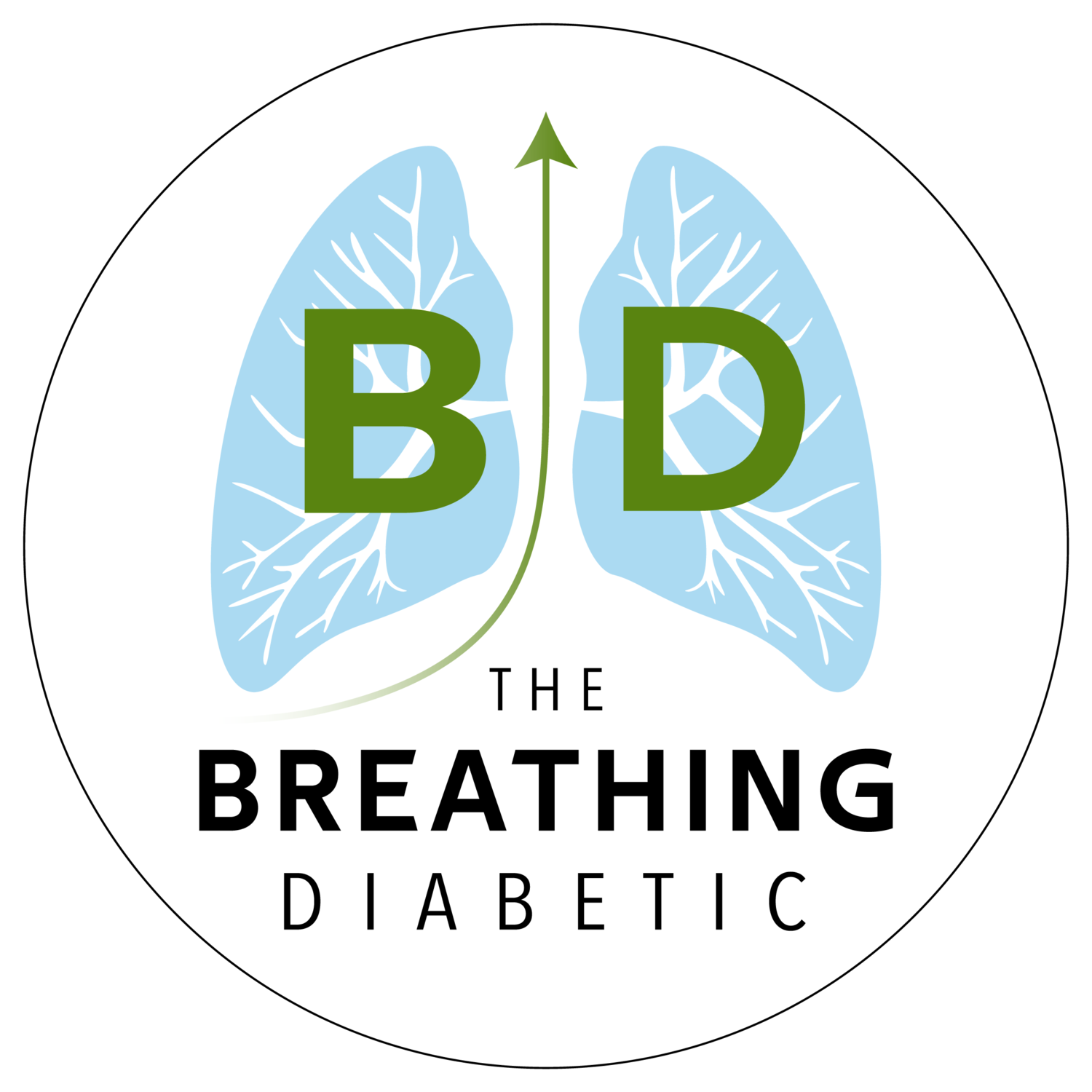🎧 Listen Instead of Reading 🎧
If you enjoy listening, you can subscribe to the audio version on Spotify, Apple Podcasts, and Audible so you don’t even have to look at the email 😊
4 Thoughts
1. Breath is Mind: 25 Thoughtful Quotes on the Breath-Mind Connection
1. “When you practice mindfulness of breathing, then the breathing is mind.” - Thich Nhat Hanh
2. “I am as confident as I am of anything that, in myself, the stream of thinking…is only a careless name for what, when scrutinized, reveals itself to consist chiefly of the stream of my breathing.” - William James
3. “As we discover, when we pay attention to its natural rhythm, the breath becomes calm. Simultaneously, the mind quiets down. It all happens naturally. … Any force is counterproductive.” - Bhante Henepola Gunarantana
2. Breathing Residue: Turning Setbacks into Assets
“The problem this research identifies with this work strategy is that when you switch from some Task A to another Task B, your attention doesn’t immediately follow—a residue of your attention remains stuck thinking about the original task.”
- Cal Newport, Deep Work
Attention residue. It’s a major setback to productivity.
However, let’s turn that concept into an asset with a new term:
Breathing Residue: The calmness that persists several minutes (sometimes hours) after performing a slow breathing practice.
We want less attention residue, more breathing residue : )
***
P.S. The nerds among you might prefer to call breathing residue by its more scientific name, vagal tone. But that’s not as fun 😊
3. How to Make Meditation Fun (no breathwork needed)
Here’s an easy way to make meditation fun: Instead of trying to “stop thinking,” try to “curate your thoughts.” Watch them all go by and see if you can find any good ones. Your mind thinks; you just listen for the fun and exciting stuff.
We can call it a curation meditation : )
***
P.S. I often do this when I wake up low and can’t sleep (it’s how some of these thoughts are made). It seems like it would make for a fun formal practice, too.
4. On Becoming Breathing Homo Exercens
“We call ourselves ‘knowing man’ because we see ourselves as distinguished from our ancestors by our vast amount of knowledge. But perhaps a better way to see ourselves would be as Homo exercens, or ‘practicing man,’ the species that takes control of its life through practice and makes of itself what it will.”
- Anders Ericsson and Robert Pool, Peak
I love this. We can “know” all we want, but it’s meaningless without practice. And there’s no better practice for taking control of our life than breathing.
So here’s to becoming breathing Homo exercens, today.
***
Related Quote: “If learning is not followed by reflecting and practicing, it is not true learning.” * - Thich Nhat Hanh
1 QUOTE
“I am nothing more than a single, narrow, gasping lung floating over the mists and the summits.”
- Reinhold Messner
1 ANSWER
Category: The Thinking Mind
Answer: Recent research suggests we have about this many thoughts per minute.
…
(Cue the Jeopardy! music.)
…
Question: What is 6.5 thoughts per minute?
P.S. That’s a lot of thoughts to choose from during your curation meditation : )
In good breath,
Nick Heath, T1D, PhD
“Breathing is the compound interest of health & wellness.”
P.S. okay time to sleep
* An asterisk by a quote indicates that I listened to this book on Audible. Therefore, the quotation might not be correct, but is my best attempt at reproducing the punctuation based on the narrator’s pace, tone, and pauses.
Sign Up For The Breathing 411
Each Monday, I curate and synthesize information from scientific journals, books, articles, and podcasts to share 4 thoughts, 1 quote, and 1 answer (like "Jeopardy!") related to breathing. It’s a fun way to learn something new each week.
